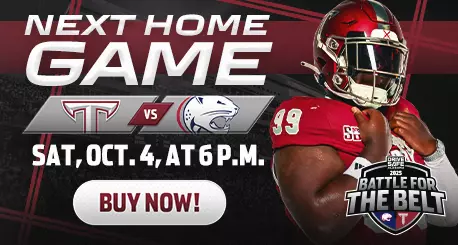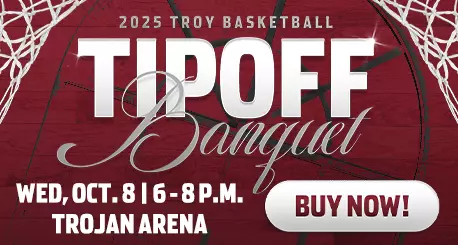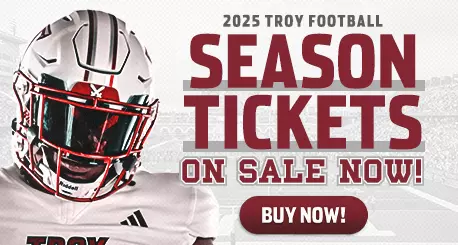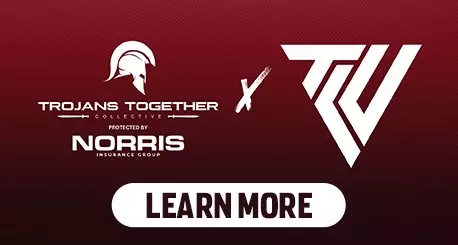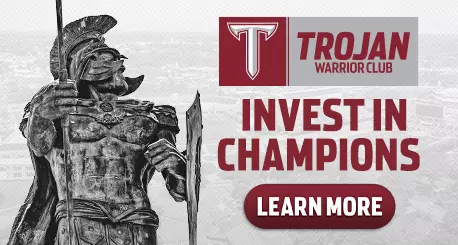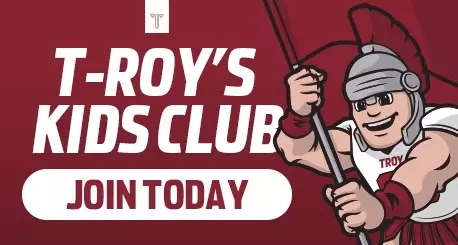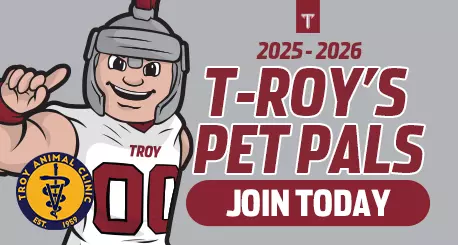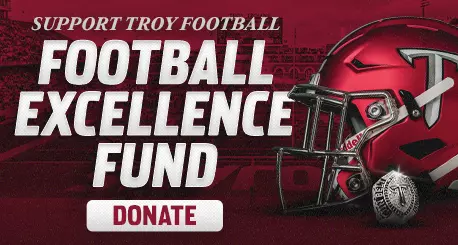Troy University Athletics
SAAC

Committee Meetings
September 2010
What is a Student-Athlete Advisory Committee? (SAAC)
The SAAC is a primary avenue of communication between student-athletes, the University, and Athletics Administration. The SAAC provides a forum in which student-athletes and Athletics Department leadership can discuss openly issues relevant to intercollegiate athletics including student-athlete welfare. The SAAC group consists of representatives from Troy University athletic teams including rodeo and cheerleading. SAAC representatives are selected annually by the head coach to serve the remainder of their eligibility on the committee. The group meets monthly and sets its own agenda based on input from team members and other athletic administrators.
What are the FUNCTIONS of the Student Athlete Advisory Committee? (SAAC)
• Promote communications between athletics administration and student-athletes.
• Disseminate information.
• Provide Feedback and insight into athletics department issues.
• Generate a student-athlete voice within the campus athletics department formulation of policies.
• Build a sense of community within the athletics program involving all athletics teams.
• Solicit student-athlete responses to proposed conference and NCAA legislation.
• Create a vehicle for student-athlete representation on campus-wide committees (e.g. student government).
• Promote a positive student-athlete image on campus.
History of NCAA Student-Athlete Advisory Committee (SAAC)
An association-wide SAAC was adopted at the 1989 NCAA convention and was formed primarily to review and offer student-athlete input on NCAA activities and proposed legislation that affected student-athlete welfare. The initial national committee was comprised of student-athlete from membership division for the purpose of ensuring that the student-athlete voice was one that accounted for the myriad of educational and athletics experience of both female and male student-athlete at all NCAA member institutions. In August 1997, the NCAA federated along divisional lines. The federation caused SAAC to expand to three SAACs representing NCAA division I, II, and III. Each national divisional committee is comprised of both female and male student-athletes charged with the responsibility of assisting in the review of NCAA proposed legislation and representing the voice of the student-athlete in the NCAA governance structure. This is accomplished by providing student-athlete input on issues related to student-athlete welfare that are division-specific.
The input of the respective division I, II, and III SAACs continues to be sought by a variety of constituencies within the association. Student-athlete committee members have the opportunity to speak with their respective NCAA Management Councils, and the Division II and III SAACs continue to speak to legislative issues on the NCAA convention floor.
2009-2010 SAAC Activities
Fall 2009
Student-athletes and student-trainers hold sixth annual canned food drive. All food goes to the Alabama Department of Human Resources. All donations directly effect Troy and Pike County.
Spring 2009
Student-athletes take part in the national Read Across America campaign. Athletes from every Troy team went to Charles Henderson Middle School to read to the students. The campaign promotes reading among children in America. The children had a chance to listen to some of their favorite Troy athletes read their favorite stories. They also had the opportunity to ask the athletes about the importance of reading in their success.
2008-2009 SAAC Activities
Fall 2008
Student-athletes and student-trainers help collect canned goods for the needy in Pike County. All together nearly 4,000 pounds of canned goods for the needy of Pike County was raised.
2007- 2008 SAAC Activities
Fall 2007
Students from Trojan athletic teams assisted athletic trainers collecting canned goods for Pike County's needy.
Spring 2008
Read Across America - Representatives of each sport go to local elementary and middle schools to read books to the students and answer questions regarding life as a Troy University student-athlete.
